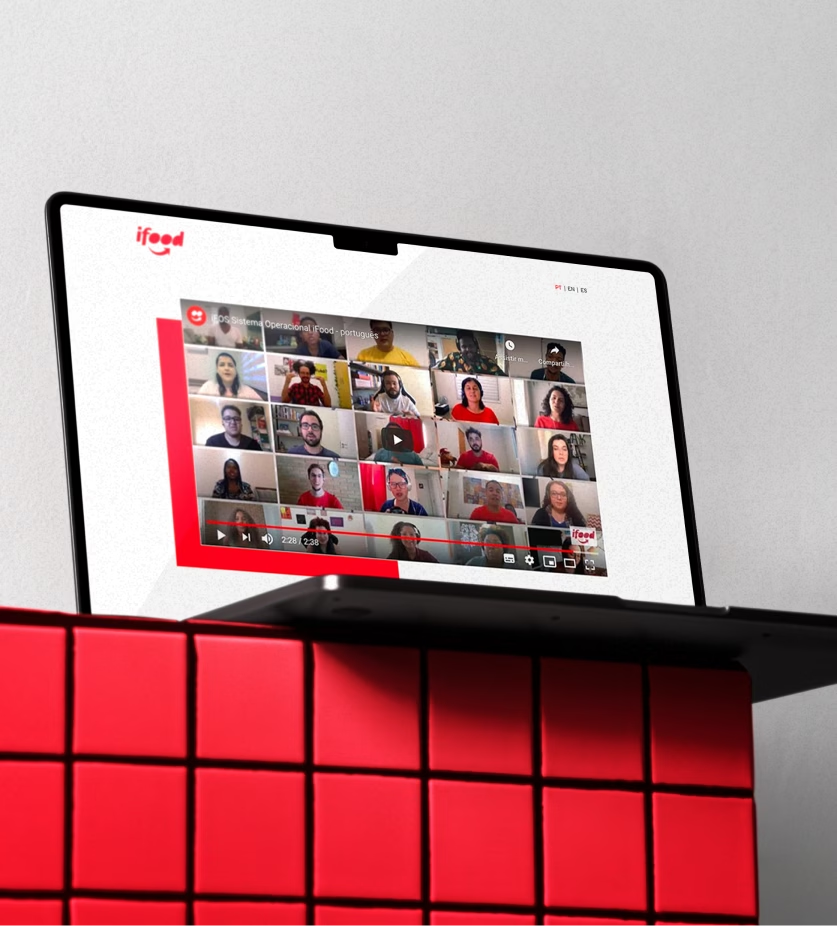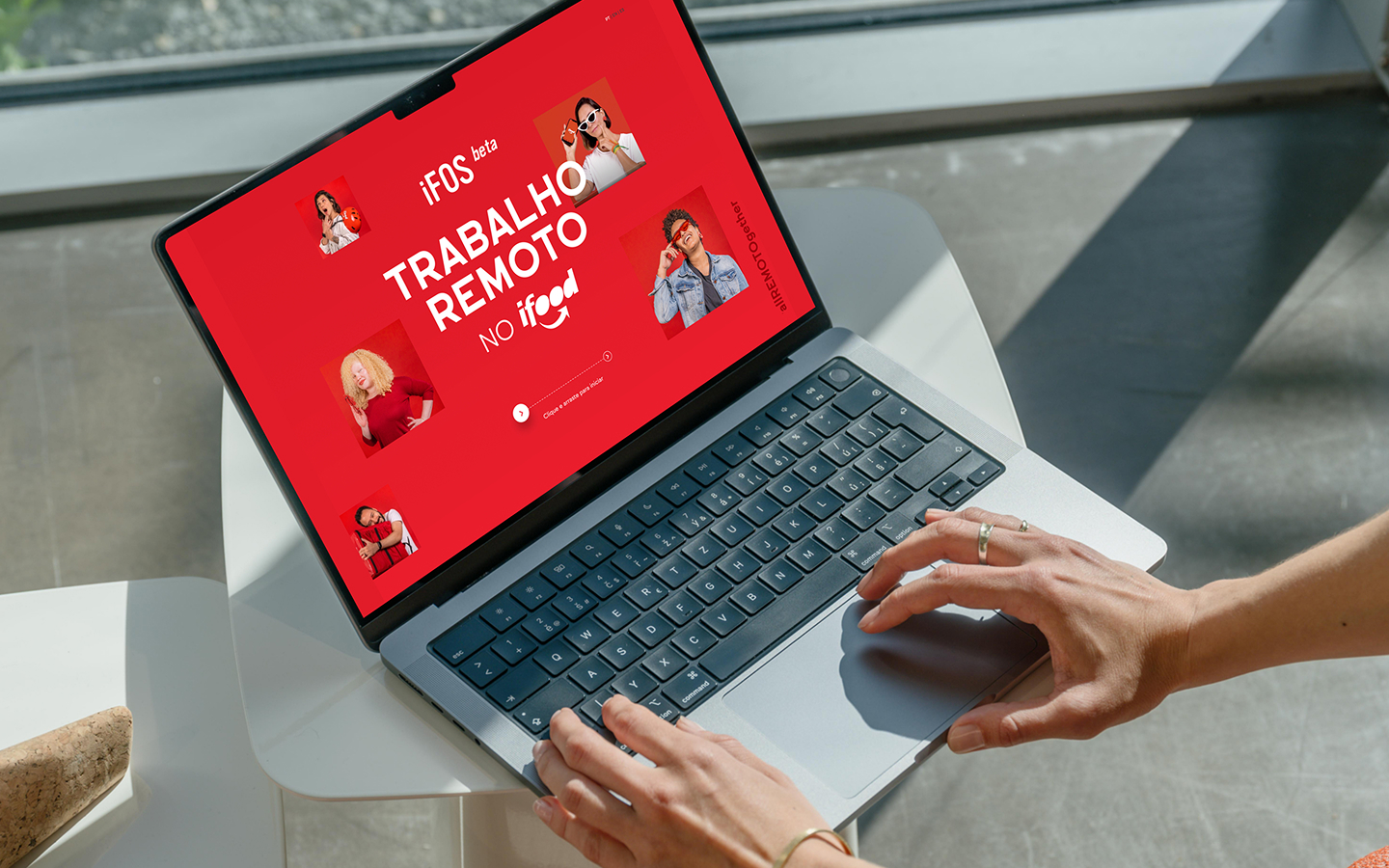
Websites
Websites


Even with the rise of social networks, marketplaces and applications, the website remains the central point of any brand's digital presence. It is the place where your business presents itself, interacts with users and converts opportunities into results.
But creating a good website goes far beyond simply putting some information online. It involves strategy, structure and experience.
In this article, you will see 3 fundamental steps to develop a functional, beautiful and intelligent website, prepared to serve your audience — and your business goals.
Every good digital project starts with a question: What does your company hope to achieve with this website?
It seems simple, but many brands still invest in generic institutional websites, without considering clear business goals — such as generating leads, selling, presenting a portfolio or educating the market.
Therefore, the first step in developing a website is to strategic briefing, which identifies:
With this alignment, the project stops being just visual — and becomes guided by result.
Who visits your website? What do they expect to find? What are their pain points, challenges, desires and digital behaviors?
These questions guide the second step: building people — semi-fictional representations of your ideal client. This step influences:
Based on this data, it is possible to create a website that talk to the right user at the right time, generating identification and increasing the chances of conversion.
If you have already defined what to communicate and with whom, it is time to think how to deliver this experience.
The third step is to apply UX and UI design principles to transform the website into an intuitive, accessible and efficient environment. This includes:
It improves the fluidity of navigation and the user's perception of value when interacting with the website. This ensures a pleasant and frictionless journey.
It takes care of the visual and functional elements — such as buttons, menus, icons and colors — making the interface attractive and easy to use.
A website with a good experience delivers more than just aesthetics: it helps the user find what they need and follow through with the expected action, whether it’s filling out a form, getting in touch or making a purchase.

Creating a strategic website requires much more than beautiful design. It requires aligning business objectives, understanding your audience, and applying the right usability principles.
At follow55, we develop custom websites, focusing on performance, conversion and experience. If you are looking for a project that represents your brand and brings real results, talk to us.

Websites

Apps
Websites


Websites
